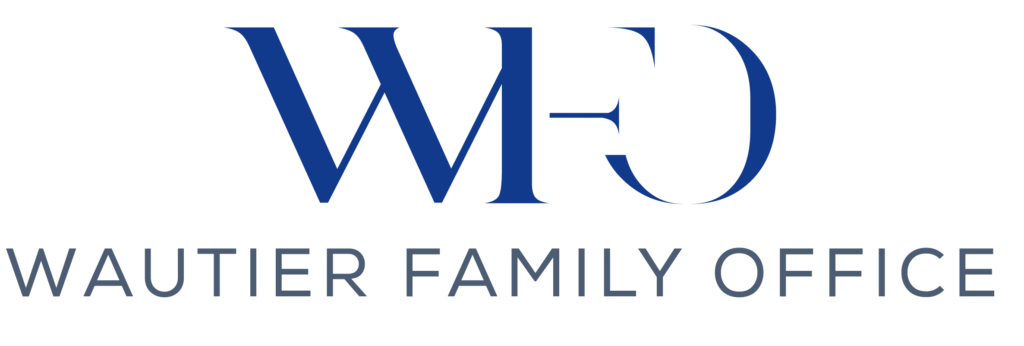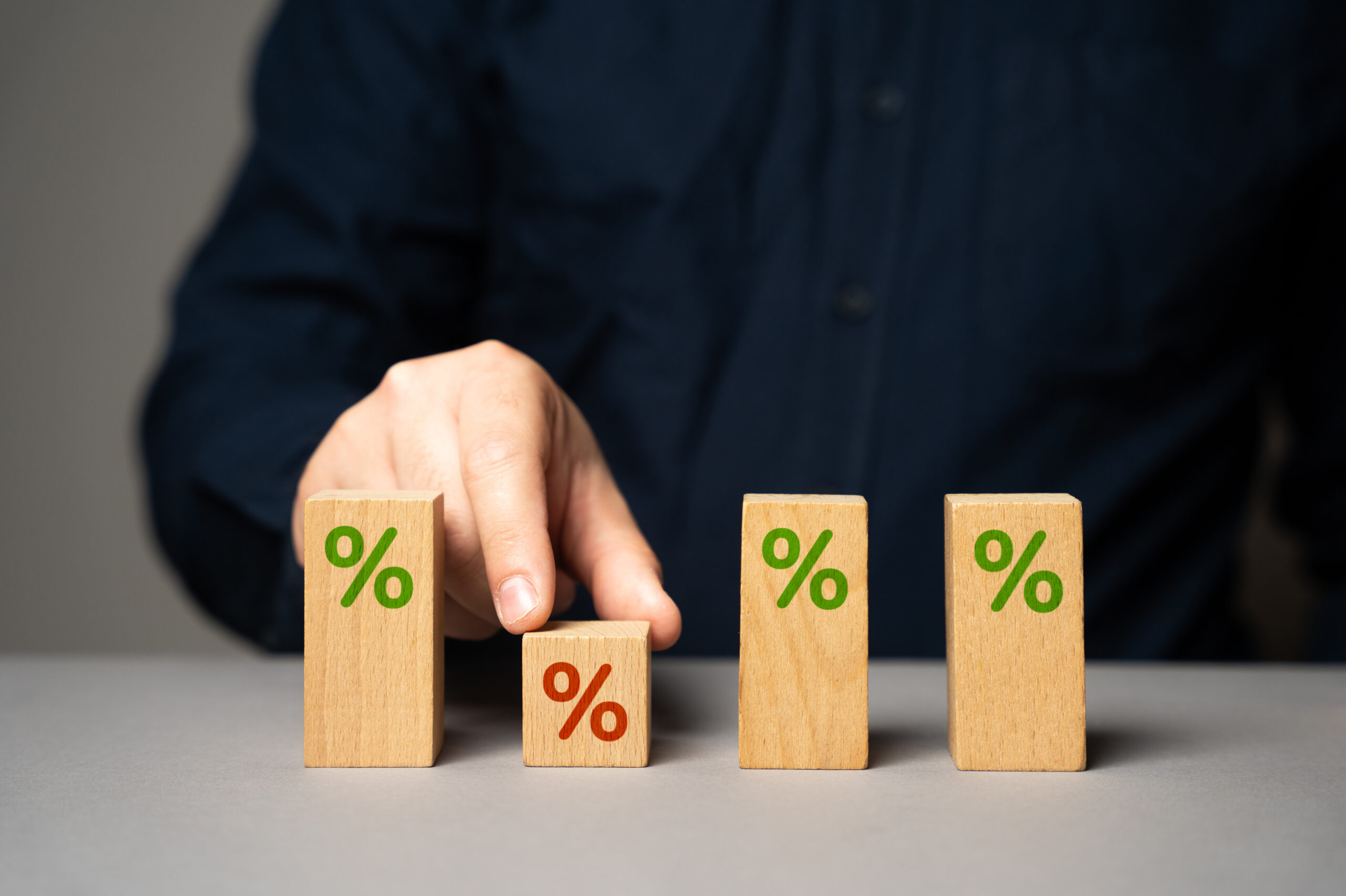Who controls interest rates? How do interest rates work? How do rising or falling interest rates influence household savings and loans?
Interest rates, determined by central banks like the Federal Reserve, act as the “price” of money, influencing everything from savings returns to the cost of loans. This blog explores the mechanisms of monetary policy and how adjustments to interest rates ripple through household finances, affecting decisions like saving for retirement, taking out a mortgage, or funding a small business. Whether rates rise to combat inflation or fall to stimulate economic activity, households must recalibrate their financial strategies to thrive in changing economic climates.
The impact of interest rates on savings and loans highlights a delicate balance. Higher rates incentivize saving by offering better returns but make borrowing more expensive, deterring loans. Conversely, lower rates reduce savings incentives while making credit more affordable, encouraging spending and investment. These household decisions collectively drive broader economic trends, underscoring the importance of understanding monetary policy’s influence on personal finances. By adapting to these shifts, individuals can ensure financial stability while contributing to economic growth.
The target interest rate, or the federal funds rate, is set by the US Federal Reserve (the Fed). It’s arguably the most important number in finance—not just for the United States but for the world in a globalized, US Dollar-denominated financial system.
This number holds even greater significance in today’s interconnected global economy, where globalization has amplified the reach and influence of financial policies.
If you think you’ve heard a lot about the Fed lately, that’s not a coincidence. In times of economic extremes and financial market stress, the role of this institution and its interest rate-setting committee becomes magnified.
And a once-in-a-generation outbreak of inflation that has made the cost of everything sharply higher than it was 4 years ago definitely qualifies as an era of economic extremes.
Changes in interest rates, enacted by the Fed through monetary policy, serve as the cost of borrowing money or the reward for saving it. Or, even more simply, the Fed sets the “price” of money.
This price directly impacts households and influences decisions about mortgages, personal loans, and everyday spending. Interest rates play a pivotal role in whether someone decides to buy a home, how much they save for retirement, or whether they start a small business.
Monetary policy influences households in broad ways but is particularly significant for them. Changes in interest rates can affect the cost of borrowing and the return on savings, reshaping financial decisions and priorities. This blog will explore the mechanisms behind interest rate changes and their effects on household savings.
Table of Contents:
The Mechanisms of Interest Rate Changes
Balancing Household Financial Decisions
The Mechanisms of Interest Rate Changes
The management of interest rates is primarily the domain of central banks, such as the Federal Reserve in the United States or the European Central Bank. These institutions use data and monetary policy to guide the economy toward stability and growth and to keep it away from hazards. Monetary policy can involve raising or lowering interest rates. By taking these actions, central banks aim to achieve specific objectives. These can range from controlling inflation (increasing rates), encouraging investment (decreasing rates), or fostering economic recovery during a downturn (decreasing rates).
When central banks adjust interest rates, they are responding to the economic environment. The aim is to either cool an overheating economy or stimulate a lagging one.
To raise interest rates, central banks might sell government securities, thereby reducing the money supply and increasing the cost of borrowing. Conversely, to lower rates, they might buy these securities, injecting liquidity into the economy and making borrowing cheaper. These adjustments ripple through the financial system.
The objectives behind these changes vary. Raising interest rates is most often deployed as a tool to combat inflation. When borrowing becomes more expensive, people and businesses spend less, reducing upward pressure on prices.
On the other hand, lowering interest rates is a strategy to stimulate growth. Cheaper credit encourages spending and investment, which can help boost economic activity during recessions. It also lengthens payback periods as holding cash’s value decreases, encouraging investment in longer-duration assets that might take years to fully mature and deliver cash flows for investors. The rapid increase and enormous quantum of funds deployed in the US venture capital industry during the period in which interest rates were effectively zero is a memorable recent example of this effect in action.
At a household level, these changes are felt most acutely in everyday financial decisions. A rise in interest rates can make mortgages and personal loans more expensive. Conversely, reducing rates can lower monthly payments, freeing up money for other uses, including discretionary spending or longer-term saving.
Impact on Household Savings
The relationship between interest rates and household savings is a direct cause-and-effect one. When central banks adjust rates, they alter the financial incentives for saving versus spending. When this is magnified across tens of millions of households and consumers, it creates a collective shift in behavior that can significantly influence the direction of an economy.
When interest rates rise, the rewards for saving become more appealing. Savings accounts, certificates of deposit, and other fixed-income investments begin to offer higher returns, providing households with a stronger incentive to save. For example, a household that previously earned 2% interest on their savings that sees that rate increase to 5% substantially boosts their annual returns. This increased reward often encourages households to prioritize saving overspending.
The impact of rising interest rates on savings also has a psychological dimension. Higher returns can reinforce the perception that saving is more valuable, encouraging disciplined financial planning. Households may be more likely to delay discretionary spending, choosing instead to allocate resources toward financial security or long-term goals.
When interest rates fall, the dynamics change. Lower rates reduce the appeal of traditional savings products, as the returns on offer in options that are lower on the risk curve may no longer keep pace with inflation. For example, a household earning just 0.5% interest on their savings might find that their money’s purchasing power erodes over time. In such an environment, saving in conventional accounts becomes less attractive, pushing households to explore alternative options.
This can have the effect of pushing households up the risk curve to obtain the returns they desire. Some may turn to equities, mutual funds, or real estate investments. Others might spend more, aligning with the central bank’s intention of stimulating economic activity. The reduced incentive to save can lead to greater consumer spending for these households. In an economy where close to 70% of the economy is based on spending at the individual and household level, this increased level of spending can be the difference between a recession and a period of acceptable growth.
These examples of shifts that might occur in response to changing interest rates underscore the delicate balance that central banks must maintain. Interest rate changes are powerful tools for managing the economy, but they are not precise, surgical tools. They are blunt instruments. Their impact on household savings behavior can vary widely, with significant implications for financial well-being and economic health.
Impact on Household Loans
Interest rate changes wield a powerful influence over household borrowing decisions. This is because they influence how affordable (or not) the largest debts that households will incur will be. These effects are keenly felt in areas like home mortgages, car financing, and personal loans, where even minor adjustments in rates can translate into significant financial consequences for existing borrowers while influencing the decisions of prospective borrowers.
When interest rates rise, borrowing becomes more expensive. Monthly payments on variable-rate mortgages, for instance, may increase sharply. Fixed-rate loans are shielded from immediate changes. However, these can also become less attractive as lenders raise rates on new offers or as fixed-rate periods end. The “fixed-rate cliff” can result in sudden and uncomfortable rises in debt servicing costs for borrowers. At the same time, higher borrowing costs often deter households from taking on new debt, leading to a decline in demand for loans such as home mortgages or auto financing. This reduction in borrowing activity can stabilize household debt levels as people prioritize paying down existing loans over new financial obligations.
The opposite is also true. When interest rates fall, borrowing becomes more affordable. Lower rates on big, regular expenses (e.g., mortgages, car loans, and personal loans) reduce monthly payment obligations, freeing up disposable income for other expenses or investments. Lower interest rates can act as a catalyst for households considering significant purchases, encouraging them to move forward with these decisions. Easier access to credit can also spur household spending, which is precisely the goal of a central bank during periods of economic stagnation.
The dual impacts of rising and falling rates demonstrate monetary policy’s critical role in shaping household borrowing behavior.
Balancing Household Financial Decisions
Interest rate changes often demand a recalibration of financial strategies for households. These decisions involve balancing the trade-offs between saving and borrowing, navigating shifting economic conditions, and responding to the signals sent by central bank policies.
When rates are high, the most prudent households may switch their focus to reducing existing debt. The higher cost of borrowing makes new loans less appealing, while the improved returns on savings provide an incentive to allocate resources toward future financial security. For those who take it, this approach can strengthen household balance sheets over time, offering a buffer against unexpected economic shocks. However, this is not the guaranteed outcome. Other households may choose to maintain their level of debt by making only the minimum repayments, meaning the overall debt burden grows as higher rates increase the cost of servicing the existing borrowing. Others may choose to take on more debt.
As discussed above, in a low-interest-rate environment, the dynamics shift. Borrowing becomes more attractive due to reduced costs. Lower returns on lower-risk, traditional savings accounts may encourage households to explore other financial options. It was no accident that many discovered gambling on the price movements of Bitcoin during a time when interest rates were zero and savings accounts were paying zero dollars in interest to savers.
Understanding the implications of interest rate changes is essential for making informed choices. However, navigating these decisions requires a degree of financial literacy that not all households possess.
Broader Economic Implications
How households respond to interest rate changes impacts more than their financial well-being. Collective behaviors can amplify or dampen economic cycles, creating feedback loops that influence central bank decision-making.
For instance, when households respond to low interest rates by borrowing and spending more, this increased consumption drives economic growth. Businesses see higher demand, which can lead to job creation and investment. In such cases, the central bank may eventually raise interest rates to prevent the economy from overheating, triggering a new cycle of adjustments.
On the other hand, when rates rise and households cut back on borrowing and spending, the economy may slow. Reduced consumer demand can lead to lower business revenues, prompting layoffs or reduced investment. In response, central banks may lower interest rates again to reignite economic activity.
These never-ending feedback loops are like the tide, forever advancing and retreating. They highlight the delicate balance that central banks must strike. While interest rate changes are intended to achieve macroeconomic objectives like stable inflation and steady growth, their success depends heavily on how households interpret and react to them. Understanding this relationship underscores the importance of clear communication from central banks about their policy goals and the rationale behind their decisions.
Key Takeaways
Interest rate changes shape household financial behavior and influence savings and borrowing decisions.
When rates rise, households are incentivized to save more and borrow less, while lower rates encourage borrowing and stimulate spending. These shifts in the household can ripple far wider than we think. That’s because the actions of a few hundred households might change the trajectory of a community. A few hundred actions might affect a city’s growth rate. And the collective input of millions has ripple effects across the broader national economy.
Understanding monetary policy is essential for making informed financial decisions in this dynamic environment. By recognizing how interest rate changes affect savings returns and borrowing costs, households can better navigate their financial futures. Armed with this knowledge, individuals can adapt their strategies to align with current economic conditions, ensuring financial resilience while being valuable contributors to a thriving economy and stable democracy.




